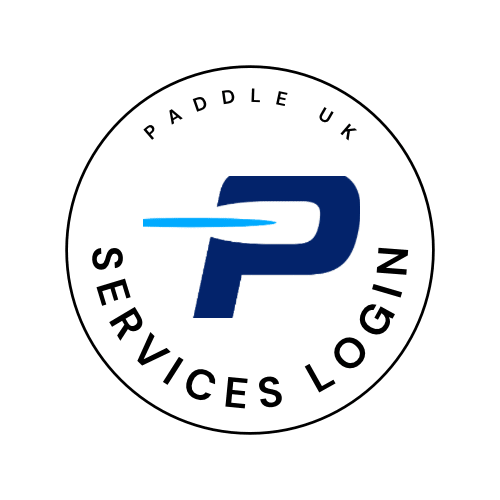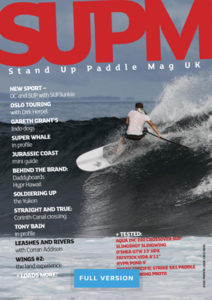Whether you’re stand up paddle boarding, kayaking or canoeing, wearing shoes when paddling is an important consideration. Yes, we know they might not be the ‘coolest’ piece of kit to rock on the water, BUT there are some important reasons why you might want to consider wearing them.
Here’s a few reasons why you should wear shoes when paddling
- Protect your feet. Probably the main reason why you’d wear a shoe when paddling. Protecting your feet is important and we’ll explore the reasons why a little bit more below. You might be protecting them against old injuries or new ones. Perhaps you need more support for your feet or ankles. Or you’re not sure what’s likely to be lurking below the water.
- Prepare for portage or falling in! No-one, wait scratch that, not everyone wants to fall in BUT it’s part of being prepared. You don’t know what’s lurking beneath the water. It could be totally clear, or it could have discarded metal in there – think trolleys, baskets, even cars and bikes. If you’ve got footwear on, the sensitive skin on your feet is protected. Same with portaging. When you’re carrying your boat or board, you can’t always see where you’re going. Having footwear protects your feet from standing on anything… sharp or painful, and keeps your adventure ticking along.
- Grip. Depending on your preference and how you’re paddling, you might prefer to wear shoes for grip. Some people prefer them, others don’t. It can be a personal preference.
- Protect against cuts and infection. Shoes or boots might not just help protect cuts you already have, but will also protect against cuts you pick up on or by the waterway. Brambles, sharp twigs, stones, shells… if you stand on any of those you’re likely to pick up a scratch or two. The last thing you want is those cuts getting infections. Protect any cuts you already have with a suitable dressing and wear your shoes to protect against further cuts or infections. It’s common sense really.
- Keep your toes toasty! Especially in winter. Winter wetsuit style, thick boots can be a lifesaver for keeping your toes extra warm when it’s cold out.
What type of shoes work best?
That all depends on the type of paddling you’re doing. You can get some really sturdy neoprene boots which come in different thicknesses for summer or winter. These are especially handy for keeping your feet warm, as they work like a wetsuit, warming the water when it enters the boots and creates a bit of an insulation layer. Like these shoes by Gill – you can also get them in a boot version if you prefer longer ones.
If you’re going to be in and out of your boat or on and off your board often, for example if you’re portaging lots, then more sturdy footwear might be needed. These are your more aqua trainer type of shoe. They look a bit like a trainer or a lightweight walking boot, but they’re waterproof and suitable for use on the water. Like these ones here. These boots are much better for situations where the terrain can be rugged, you’re on the land often or portaging a lot, or want some extra ankle support and protection too.
We know a lot of people like flip flops for SUP. Whilst they can be handy, they’re not really recommended to keep your feet (and toes) safe! If you prefer more of a sandal, try the more sturdy, ‘outdoorsy’ ones with a solid sole and a strap. Or even sliders with a solid sole for short stints on land would be better. Flip flops bend and don’t protect your toes especially bankside, so if you trip on a folded flip flop, you’re not going to enjoy the rest of your day paddling… the resurgence of the 90’s ‘jelly shoes’ are also an option for casual paddling days.
So, hopefully you’re convinced as to why wearing shoes for paddling is probably a good idea. We all want to maximise our time on the water, so make sure you’re taking reasonable precautions and planning ahead to get the most out of your paddling!
*British canoeing members get a discount with Gill Marine products. Check your welcome email or membership pack for details on how to access the 15% discount.


 Go Paddling
Go Paddling Clear Access Clear Waters
Clear Access Clear Waters Paddles Up Training
Paddles Up Training Clubhouse
Clubhouse Services Login
Services Login

